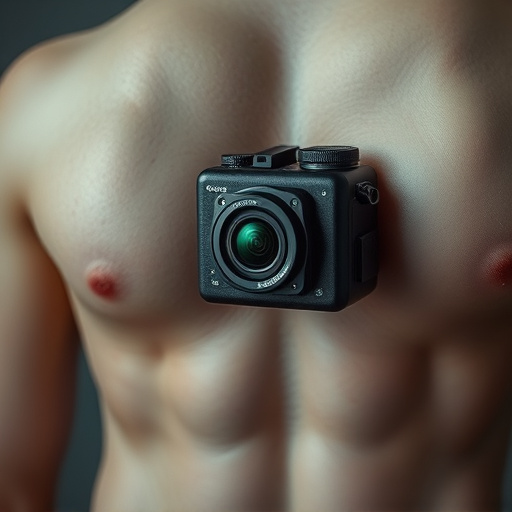Hidden personal body cameras offer individuals enhanced self-protection and peace of mind through discreet high-definition video, night vision, and audio recording. While promoting awareness and serving as a deterrent, these devices capture crucial evidence in various situations. However, their increasing popularity raises legal and privacy concerns, with varying regulations across jurisdictions complicating admissibility of camera evidence. Best practices for using hidden personal body cameras include secure attachment, respecting privacy, maintaining high-quality settings, monitoring storage and battery life, and understanding local laws.
Uncover the transformative power of hidden personal body cameras with microphones—your secret ally in capturing moments unseen. This compact technology offers unparalleled features and benefits, from enhancing personal safety to providing compelling evidence. However, navigating legal considerations and privacy concerns is paramount. Join us as we explore best practices for using these cameras, ensuring safety, privacy, and the ethical documentation of your experiences.
Understanding Hidden Personal Body Cameras: Features and Benefits
Hidden personal body cameras, also known as wearable surveillance devices, have emerged as powerful tools for self-protection and peace of mind. These compact and discreet cameras are designed to be worn on the body, offering a unique perspective and enhanced security. Key features include high-definition video recording, night vision capabilities, and sensitive microphones that capture audio without drawing attention.
The benefits of such devices are numerous. They provide individuals with an extra layer of protection in various situations, from outdoor activities and travel to everyday routines. The ability to record video and audio evidence can be invaluable in case of any unforeseen events or disputes. Moreover, these cameras promote awareness and act as a deterrent against potential threats, allowing users to capture and preserve moments that might otherwise go unnoticed.
Legal Considerations and Privacy Concerns with Wearable Cameras
The rise in popularity of hidden personal body cameras, often equipped with microphones, has sparked important conversations around legal considerations and privacy concerns. As these devices become more accessible to the general public, understanding their implications is crucial. One key issue is the varying legal landscape surrounding wearable cameras across different jurisdictions. The use and admissibility of evidence from such devices in court cases differ widely, highlighting the need for clear regulations.
Privacy advocates argue that hidden cameras invade individual privacy, capturing intimate moments without consent. This is particularly concerning when considering their potential misuse, such as surveillance or harassment. With advancements in technology, these devices can now capture high-quality video and audio, raising ethical questions about who has the right to record and access personal interactions and experiences.
Best Practices for Using a Personal Body-Worn Camera: Tips and Safety Measures
When using a personal body-worn camera, adhering to best practices ensures safety and effective documentation. First, ensure your device is properly secured to your person; it should be comfortable and not impede your movements or activities. Privacy is paramount; always inform individuals that you are recording them, especially in public spaces, to respect their rights and avoid potential legal issues. Additionally, consider the quality of audio and video: use high-resolution settings for clarity and ensure the microphone captures sound clearly. Positioning the camera at eye level can provide balanced footage.
Regularly review the storage capacity of your device; ensure it has enough space for continuous recording. In case of unexpected incidents, a fully charged battery is crucial. Always keep a backup power source handy. Maintain regular backups of your footage to prevent data loss. Lastly, familiarize yourself with local laws regarding body-worn cameras; understand privacy regulations and limitations on when and where you can record to ensure compliance.
